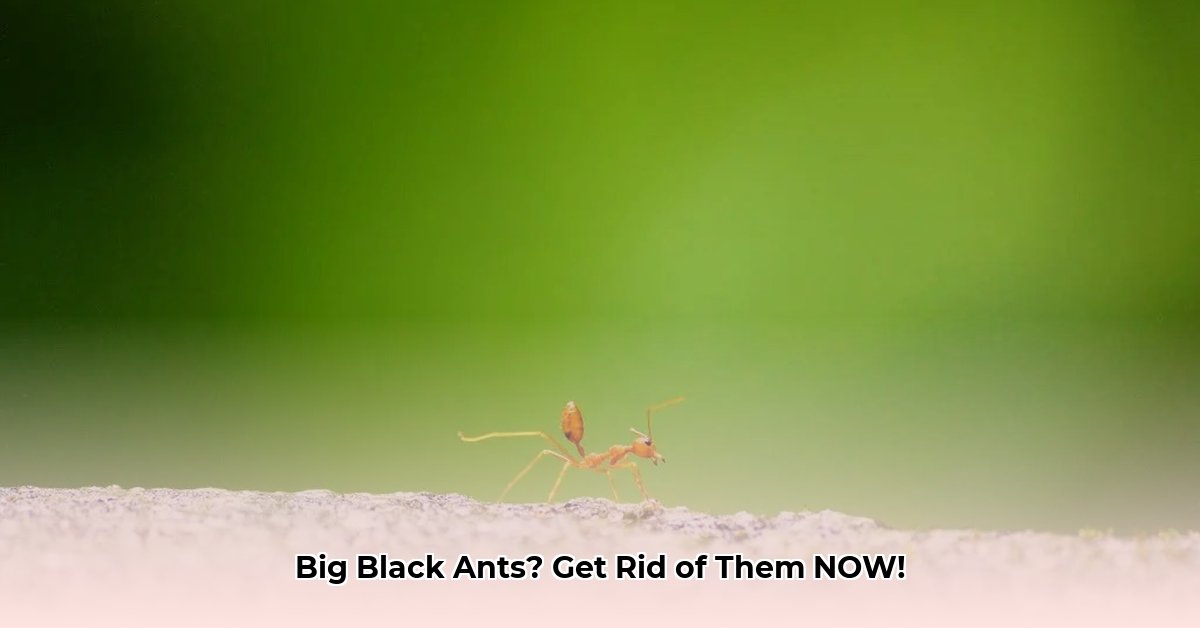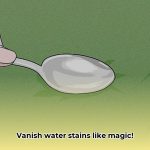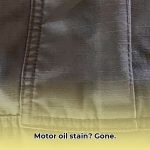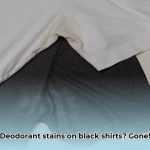Found some hefty black ants marching through your kitchen? Don’t panic! This guide will help you identify the intruders, evict them, and—most importantly—keep them from returning. We’ll cover everything from identifying the species to implementing preventative measures, empowering you to take back your home.
Spotting a Suspect: Ant Identification
Identifying the type of ant is crucial for effective control. “Big black ants” could be carpenter ants, a potential threat to your home’s structure, or other less destructive species. Here’s how to play detective:
Size and Shape: First Clues
Start by observing the ants’ size. Carpenter ants are typically larger (¼ to ½ inch) than common pavement ants (⅛ inch). Examine their body shape. Carpenter ants have a segmented body with a distinctive pinched waist and a heart-shaped abdomen. Other black ants may have a more uniform shape.
Location: Where Are They Hiding?
Where you find the ants provides valuable clues. Carpenter ants prefer moist, decaying wood, often nesting in wall voids, window frames, or near leaky pipes. Pavement ants, as their name suggests, are often found near cracks in pavement or foundations.
The Carpenter Ant Profile: A Closer Look
Carpenter ants are a primary concern due to their potential for structural damage. Unlike termites that eat wood, carpenter ants excavate it to build nests. Key identifiers include:
- Size: ¼ to ½ inch long
- Color: Typically black, but can be reddish-black or brown
- Shape: Segmented body with a narrow, pinched waist and a heart-shaped abdomen.
- Wings: Reproductive ants have wings. Finding winged ants indoors strongly suggests a nearby nest.
- Frass: Look for small piles of fine, sawdust-like debris (frass), which is the wood they excavate. Frass resembles sawdust but is coarser and may contain insect parts.
Other Suspects: Not All Black Ants are Carpenter Ants
Several other black ant species might invade your home:
| Ant Species | Size (inches) | Color | Key Features | Typical Habitat |
|---|---|---|---|---|
| Carpenter Ant | ¼ – ½ | Black/Reddish | Heart-shaped abdomen, pinched waist | Moist/Decaying Wood |
| Pavement Ant | ⅛ – ¼ | Dark Brown/Black | Uneven thorax, 12-segmented antennae | Cracks in pavement, walls |
| Odorous House Ant | 1/16 – ⅛ | Brown/Black | Rotten coconut smell when crushed | Near moisture, often indoors |
Remember, regional variations exist. Online resources from your local Department of Agriculture or university extension services can provide information on ant species common in your area.
Eviction Time: Ant Elimination Strategies
Once you’ve identified the ants, it’s time to take action. Here’s a breakdown of effective elimination methods:
DIY Solutions: Taking Matters Into Your Own Hands
- Natural Remedies: Vinegar disrupts ant trails. A 50/50 vinegar-water solution can be sprayed on ants and trails. Citrus scents, like lemon juice or orange peels, may also deter them. Diatomaceous Earth (DE) is a natural powder that dehydrates ants on contact. Sprinkle DE thinly where ants travel, but wear a mask during application to avoid inhalation.
- Bait Traps: Bait stations are highly effective. Sweet baits attract ants with sugary substances laced with poison. The ants carry the bait back to the colony, effectively eliminating the source. If sweet baits aren’t working, switch to protein or oil-based options.
- Borax: This common laundry booster, mixed with sugar or peanut butter, can create a DIY ant bait. However, keep borax away from children and pets due to its toxicity if ingested.
Professional Pest Control: When to Call in the Experts
While DIY methods often suffice, professional help might be necessary for severe infestations, structural damage, or if your efforts prove ineffective. Professionals have the expertise and tools to locate and eliminate nests, providing long-term solutions.
Prevention is Key: Keeping Ants Out
Preventing ants is easier than battling an infestation. Here’s your prevention checklist:
- Cleanliness: Regularly clean surfaces, sweep floors, and promptly empty trash cans.
- Food Storage: Store food, especially sugary items and pet food, in airtight containers.
- Seal Entry Points: Caulk cracks and crevices around windows, doors, and where pipes enter your home.
- Moisture Control: Fix leaky pipes and address any damp areas to eliminate attractive nesting sites.
- Landscaping: Trim branches and vegetation away from your house, removing ant “highways.”
Troubleshooting
- Baits aren’t working? Try switching bait types (sweet to protein or vice versa). Ants can be picky!
- Ants persist after treatment? Multiple colonies might be present. Persistence is key. Consider professional help.
- Concerned about pesticides? Explore natural repellents like diatomaceous earth or essential oils. Discuss eco-friendly options with pest control professionals.
By combining identification, elimination, and prevention strategies, you can reclaim your home and enjoy an ant-free environment. Remember, advancements in pest control are ongoing. Staying informed about the latest research and methods can enhance your efforts. If you’re uncertain or facing a challenging infestation, consulting a pest control professional is always a prudent step.
- How to Measure Your Belt Size (for Women): 3 Easy & Accurate Methods - April 27, 2025
- How to Remove Permanent Hair Dye From Hair: Safe & Effective Methods - April 27, 2025
- How to Remove Ink from Leather: Effective DIY Methods and Expert Tips - April 27, 2025










